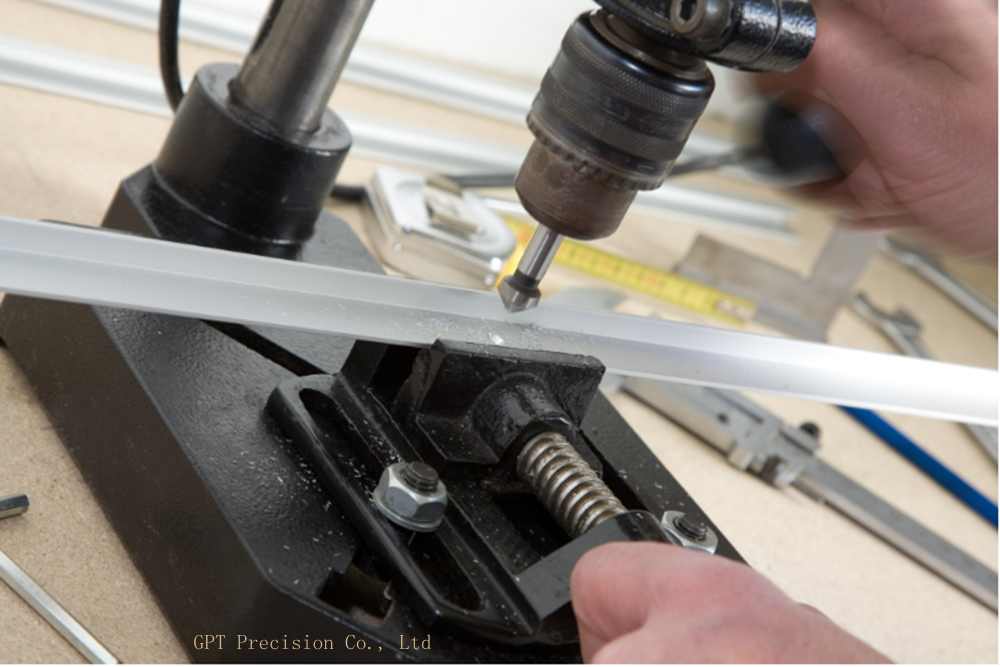What is Countersinking
April 16, 2014

A countersink is a conical hole cut into a manufactured object, or the cutter used to cut such a hole. A common use is to allow the head of a countersunk bolt, screw or rivet, when placed in the hole, to sit flush with or below the surface of the surrounding material (by comparison, a counterbore makes a flat-bottomed hole that might be used with a socket-head capscrew). A countersink may also be used to remove the burr left from a drilling or tapping operation thereby improving the finish of the product and removing any hazardous sharp edges.
The basic geometry of a countersink (cutter) inherently can be applied to the plunging applications described above (axial feed only) and also to other milling applications (sideways traversal). Therefore, countersinks overlap in form, function, and sometimes name with chamfering endmills (endmills with angled tips). Regardless of the name given to the cutter, the surface being generated may be a conical chamfer or a beveled corner for the intersection of two planes.
Countersinking is a process that creates a V-shaped edge near the surface of a hole. It is often used to deburr a drilled or tapped hole, or to allow the head of a countersunk-head screw to sit flush or below a surface. Chamfering endmills are commonly used to make countersinks when CNC milling. When made using a drill press or lathe, a tool appropriately called a countersink is used. Countersinks can be made to almost any angle, but are commonly between 60° and 120°, with the most common being 82° and 90°.
Why countersink?
Countersunk hole and a countersunk screw
You should only need to countersink a hole when working with countersunk screws. Countersinking a pilot hole allows a countersunk screw to sit flush with the surface of the material, giving your work a neat finish.
screw torn work surface
Without countersinking the hole, the screw may tear the fibres of the material, creating a rough work surface.





